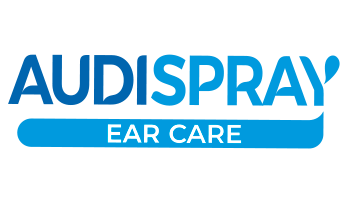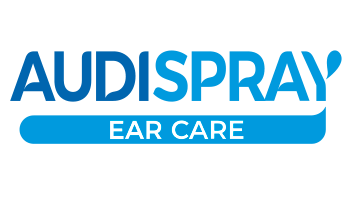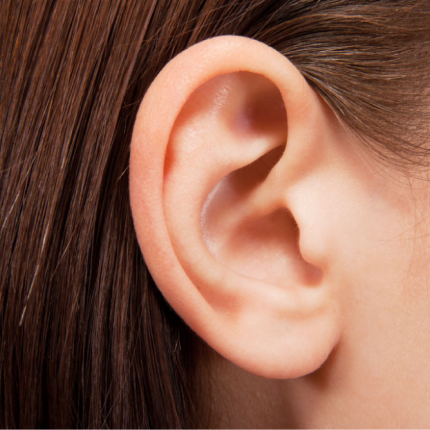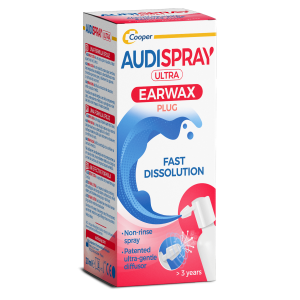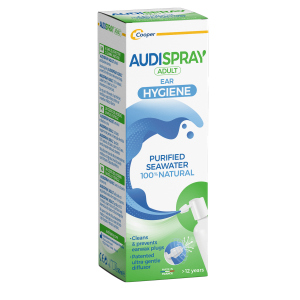What is earwax?
IN BRIEF
Ears produce earwax, a waxy secretion whose main function is to protect the outer ear canal. Useful in moderate amounts, it can become a problem when excessive amounts are produced, forming an earwax blockage and obstructing the ear canal. Regular ear hygiene is recommended to prevent these blockages from forming.
EARWAX OR CERUMEN IS A YELLOWISH WAXY SUBSTANCE. WHAT IS IT MADE OF? HOW IS IT PRODUCED? WHAT DOES IT DO? SHOULD WE GET RID OF IT TO PREVENT BLOCKAGES? WE ANSWER ALL OF THESE QUESTIONS!
Earwax: definition
Prodution and composition of earwax
Earwax or cerumen is a greasy, waxy substance produced in the outer ear canal. Its colour (yellow to brown) and consistency vary from person to person.
Earwax is secreted by the ceruminous glands situated in the skin of the outer ear canal. It is composed of triglycerides, cholesterol, ceramides, squalenes and fatty acids. It liquefies when it combines with sebum produced by the surrounding sebaceous glands and coats the walls of the outer ear canal. It then thickens by incorporating dust and dead skin cells present in the ear canal.
What is the purpose of earwax?
The 3 main purposes of earwax are to:
- Lubricate the skin of the walls of the ear canal,
- Trap foreign bodies in the ear such as dust, bacteria and dead skin skills: earwax therefore plays a protective role,
- Self-clean the ear canal by moving out of the ear.
This latter function is effective if natural evacuation takes place correctly. Excess earwax production, difficulty expelling earwax... various factors can make this process more complex for some people.
Do we all produce the same amount of earwax?
The simple answer is no.
Some people naturally produce more earwax than others, for no apparent reason. However, various external factors can encourage the ceruminous glands to secrete more in order to protect the ear canal from foreign bodies: dusty environments, use of in-ear headphones, use of cotton buds, frequent swimming, etc.

Earwax: ear hygiene and prevention
As we explained earlier, earwax is useful and beneficial to our health. So should we try and get rid of it by cleaning our ears?
It’s all about balance. Despite being useful in moderate amounts, excessive earwax can be problematic. If earwax cannot move out of the ear, it can accumulate in the outer ear canal and create a build-up of earwax, also known as impacted earwax or an earwax blockage .
What are the s symptoms of earwax blockage?
What’s the easiest way to prevent them? Regular ear hygiene! this regulates the amount of wax in the ear canal and prevents blockages.
Find out more what’s the best way to clean my ears?
Ears should be cleaned regularly, but not all ear cleaning tools are recommended. ENT specialists agree that cotton buds can encourage the formation of earwax blockages when not used correctly, so they are best avoided.
On the other hand, did you know that one of the benefits of seawater is that it breaks up earwax so it can move out of the ear naturally? For a gentle way to clean your ears, try a seawater solution!
